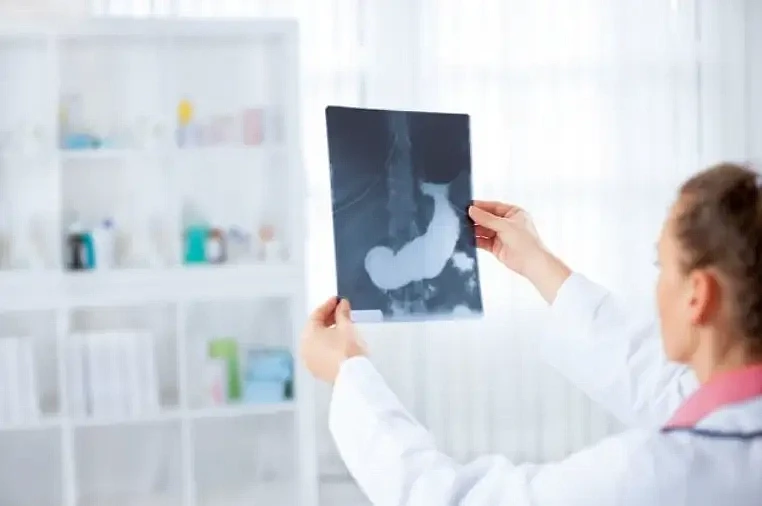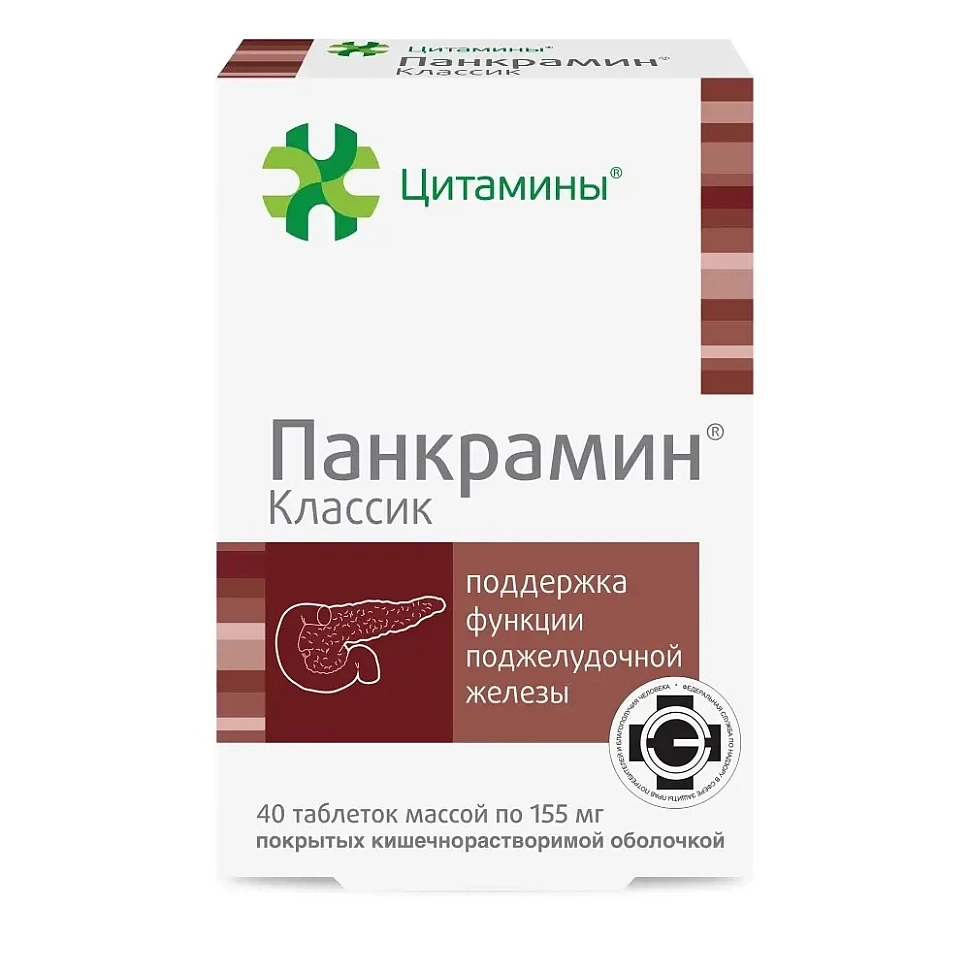Common Pancreatic Conditions and What You Should Know

One of the most important organs of the digestive system is undoubtedly the pancreas. Although relatively small in size and weight, its role in the body can hardly be overestimated. In addition to its exocrine function of secreting digestive enzymes into the intestinal lumen, the pancreas also has endocrine functions. Hormones that regulate blood glucose levels are synthesized inside its special islets. Naturally, any pathology of the pancreas, in one way or another, affects any of its main functions.
Pancreatic Disorders: Pancreatitis
The pancreas maintains the consistency of the body’s internal environment. Naturally, if the organ suffers, then various kinds of changes in the body are formed - digestive disorders, pain, metabolic disorders. The first signs of pancreatic disease appear similar in both men and women. Most often, the organ undergoes a process of inflammation or destruction (destruction, melting by enzymes). This usually results in a condition such as acute pancreatitis.
It is one of the most dangerous and severe diseases, which can take a patient to the clinic for a long time, and in some cases it can even be fatal. In the case of acute pancreatitis, we mean an inflammatory process of a noninfectious nature. This disease of the pancreas gives a severe edema with the decay and necrosis of tissues, resulting from the activity of enzymes and their digestion of cells. This leads to scarring and impaired gland function.
Occasionally, microbial flora also accompanies this pancreatic disease, leading to bleeding and purulent cysts and the threat of peritonitis.
Why Pancreas Inflammation Occurs
The most basic problem with acute inflammation of the pancreas is the impaired flow of enzyme secretions into the bowel cavity. There may be several reasons for this problem:
Tumor-displaced duct.
Adhesions over the ductus that narrow its lumen
Various congenital anomalies or acquired defects in biliary tract structure.
Duodenal inflammation with edema of pancreas outlet
Abdominal injuries that affect the gland.
Alcohol intake, irritating food, medicines.
On the fact of drinking, I would like to emphasize special attention, because they do not attach much importance to it, believing that from infrequent libations there will be no harm. However, according to scientists, there is no clear relationship between the duration of alcohol intake and its negative effect on tissues. Occasionally, inflammation of the pancreas does not develop even with long-term alcoholism, and rarely, people who drink may die if they drink a single average dose of alcohol.
In many cases, untreated inflammation of the pancreas can lead to a chronic process. This leads to the fact that the functions of the gland are gradually lost, it is replaced by connective tissue and does not cope with all the tasks assigned to it.

Pancreatic involvement: symptoms
If the pancreas is affected, the symptoms may be severe or noticeable. First of all, the strongest pain syndrome comes to the fore. The sensations may be so acute and sharp as to result in pain (eg, due to gland necrosis and peritoneal involvement). But much of the nature of pancreatitis pain will depend on whether it is acute or chronic, the phase of exacerbation, the extent of tissue damage, whether it is swelling or already melting (necrosis), and the degree of damage to neighboring organs and tissues.
The classic description of pain syndrome in pancreatitis is the pain in the abdomen of the zoster, which is sent to the back, stronger on the left side. But there may be blunt pains on the right, in the middle of the abdomen, and in the upper bowel. They usually do not interfere with eating and worsen as the lesion progresses.
In addition, the pancreas sufferer also causes symptoms of dyspepsia. Usually it is with these manifestations that all clinical manifestations begin. Food, alcohol, or certain drugs may be their provocateurs. Nausea with vomiting is due to irritating impulses from the tissues of the gland. Vomiting is usually repeated and painful and does not provide relief. Gastric contents are initially present in the vomitus, and bile may appear as the condition worsens. Vomiting may be so common that it results in dehydration and loss of large amounts of electrolytes. This further worsens the overall condition.

What else can be expected?
When there are lesions in the pancreas, symptoms are not limited to pain and vomiting with dehydration. Stool may be affected, manifesting as constipated diarrhea and flatulence. This is because the intestines do not get enough enzymes and bile. Usually, diarrhea develops abruptly after refractory constipation. Often pancreatitis is also accompanied by changes in the area of the skin - they become pale, with a slight yellowness. Sometimes bluish discoloration of the fingers and nasolabial fold areas also occurs. Blue spots on the abdomen (anterior and lateral surfaces) also occur.
In addition to these external signs, during the examination, the doctor will determine the specific symptoms with tenderness when probing special areas of the abdomen. However, people should not check for these symptoms themselves unless they have skills and a medical education. This can have unfortunate consequences.
Inflammation in the pancreas leads to a sudden change in laboratory parameters. The blood test shows a sudden increase in the white blood cell count and, if the lesion is severe, also a shift to the left. Blood glucose levels are affected, as is the amount of amylase, trypsin, and the special index of elastase. In addition to these shifts, urinary changes are detected, indicating the process of destruction of pancreatic tissue.

